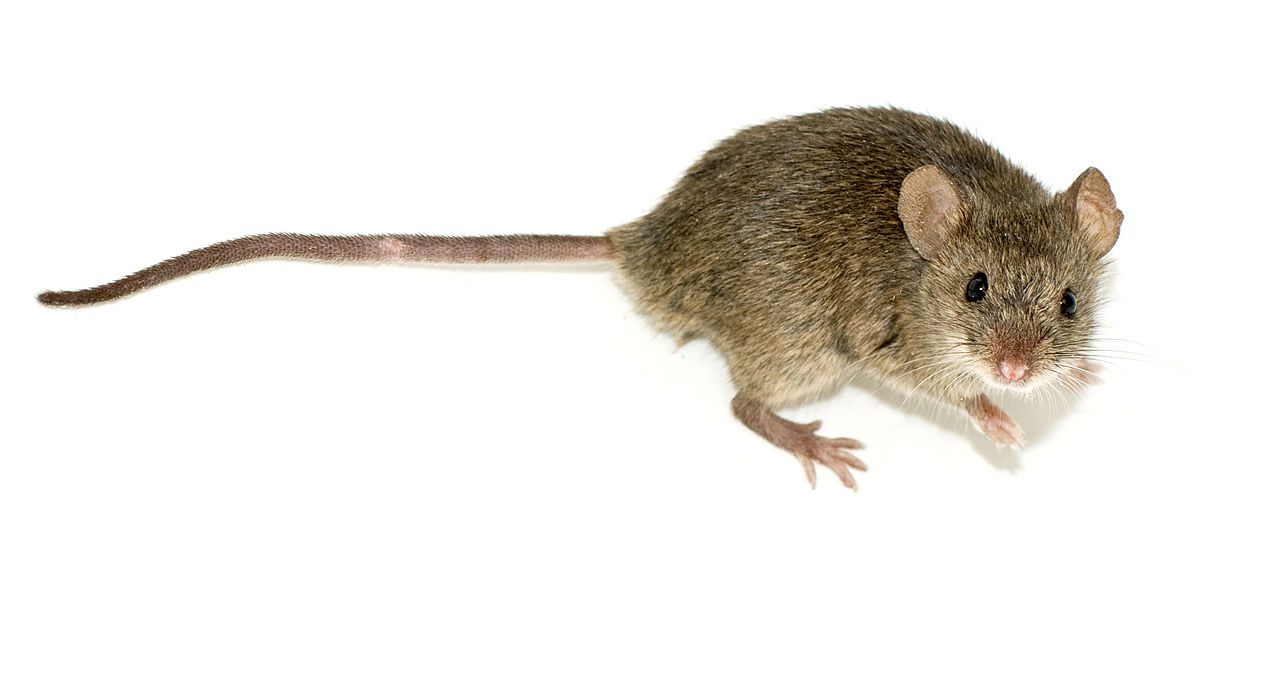Scientists Have a New Way to Listen to the Songs of Mice
The little rodents make a lot of noise, mostly out of the range of human hearing.

If you’ve ever encountered a mouse scurrying around your house, chances are the only sound you heard out of it, if you heard anything at all, was some squeaks. But mice are actually much more musical than we humans give them credit for. It’s just that we can’t hear most of their vocalizations, which are ultrasonic and out of the range of human hearing.
Mice start making ultrasonic vocalizations as young pinkies to get their mother’s attention, then grow up to use them in social settings. The calls span five octaves, and male vocalizations are similar to birdsong, with repeated phrases and syllables. Males appear to use their calls during courtship and mating, while females use them to determine whether their suitors are kin. But because most of these calls aren’t audible to us, it’s difficult for researchers to study them and their relationship to mouse behavior. Until now researchers have been forced to rely on tedious manual analysis of recordings, but a new tool, freely available to scientists, automates that analysis, so scientists can quickly identify murine syllables and songs.
Mouse songs are useful indicators for researchers who use the rodents to study human conditions such autism and other neurodevelopmental disorders. They can provide useful clues about a mouse’s condition without invasive tools, and about differences in behavior between wild and laboratory-raised mice. A better tool for studying one of the most common model organisms in science sounds like a very, very useful thing.
























Follow us on Twitter to get the latest on the world's hidden wonders.
Like us on Facebook to get the latest on the world's hidden wonders.
Follow us on Twitter Like us on Facebook